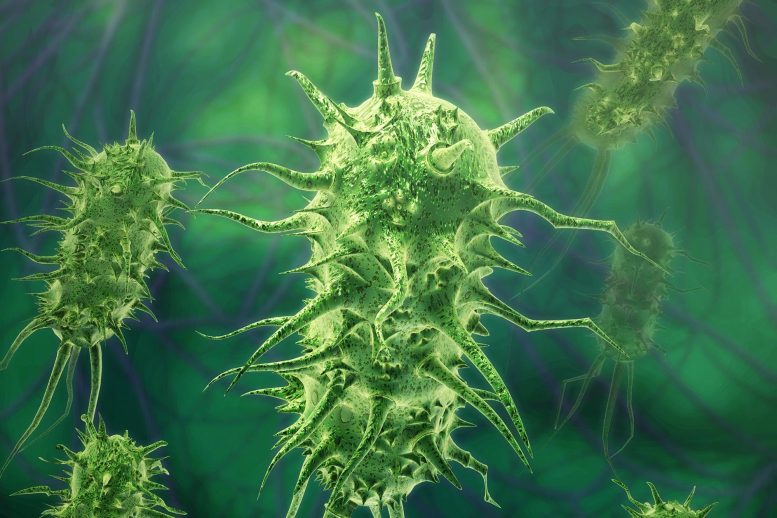
A novel method developed by a Chinese research team introduces antibiotics based on protein building blocks with fluorous lipid chains to combat multidrug-resistant bacteria. Focusing on the unique properties of lipoproteins and through the synthesis of fluorous lipopeptides, this approach has proven effective against MRSA in mouse models, offering a promising avenue for treating resistant bacterial infections without inducing resistance.
New research reveals that fluorous lipopetides act as highly effective antibiotics.
Bacterial infections resistant to multiple drugs, which no existing antibiotics can treat, represent a significant worldwide challenge. A research group from China has presented a new strategy for creating innovative antibiotics aimed at combating these resistant bacteria in the journal Angewandte Chemie. This approach utilizes protein components combined with fluorous lipid chains to develop the drugs.
Antibiotics are often prescribed far too readily. In many countries, they are distributed without prescriptions and administered in factory farming: prophylactically to prevent infections and enhance performance. As a result, resistance is on the rise—increasingly against reserve antibiotics as well. The development of innovative alternatives is essential.
Learning from Microbes
It is possible to learn some lessons from the microbes themselves. Lipoproteins, small protein molecules with fatty acid chains, are widely used by bacteria in their battles against microbial competitors. A number of lipoproteins have already been approved for use as drugs. The common factors among the active lipoproteins include a positive charge and an amphiphilic structure, meaning they have segments that repel fat and others that repel water. This allows them to bind to bacterial membranes and pierce through them to the interior.
A team led by Yiyun Cheng at East China Normal University in Shanghai aims to amplify this effect by replacing hydrogen atoms in the lipid chain with fluorine atoms. These make the lipid chain simultaneously water-repellant (hydrophobic) and fat-repellant (lipophobic). Their particularly low surface energy strengthens their binding to cell membranes while their lipophobicity disrupts the cohesion of the membrane.
Synthesis and Screening of Fluorous Lipopeptides
The team synthesized a spectrum (substance library) of fluorous lipopeptides from fluorinated hydrocarbons and peptide chains. To link the two pieces, they used the amino acid cysteine, which binds them together via a disulfide bridge. The researchers screened the molecules by testing their activity against methicillin-resistant Staphylococcus aureus (MRSA), a widespread, highly dangerous strain of bacteria that is resistant to nearly all antibiotics. The most effective compound they found was “R6F”, a fluorous lipopeptide made of six arginine units and a lipid chain made of eight carbon and thirteen fluorine atoms. To increase biocompatibility, the R6F was enclosed within phospholipid nanoparticles.
In mouse models, R6F nanoparticles were shown to be very effective against sepsis and chronic wound infections by MRSA. No toxic side effects were observed. The nanoparticles seem to attack the bacteria in several ways: they inhibit the synthesis of important cell-wall components, promoting collapse of the walls; they also pierce the cell membrane and destabilize it; disrupt the respiratory chain and metabolism; and increase oxidative stress while simultaneously disrupting the antioxidant defense system of the bacteria. In combination, these effects kill the bacteria—other bacteria as well as MRSA. No resistance appears to develop.
These insights provide starting points for the development of highly efficient fluorous peptide drugs to treat multi-drug resistant bacteria.
Reference: “A Fluorous Peptide Amphiphile with Potent Antimicrobial Activity for the Treatment of MRSA-induced Sepsis and Chronic Wound Infection” by Jingjing Hu, Nan Liu, Qianqian Fan, Yunqing Gu, Sijia Chen, Fang Zhu and Yiyun Cheng, 23 February 2024, Angewandte Chemie International Edition.
DOI: 10.1002/anie.202403140
The study was funded by the National Key Research and Development Program of China, the National Natural Science Foundation of China, and the Science and Technology Commission of Shanghai Municipality.



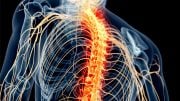
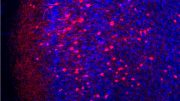
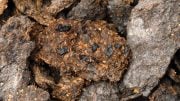
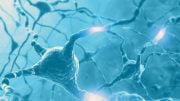

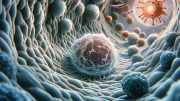
Be the first to comment on "Antibiotic Breakthrough: Revolutionary Chinese Study Paves Way for Superbug Defeating Drugs"